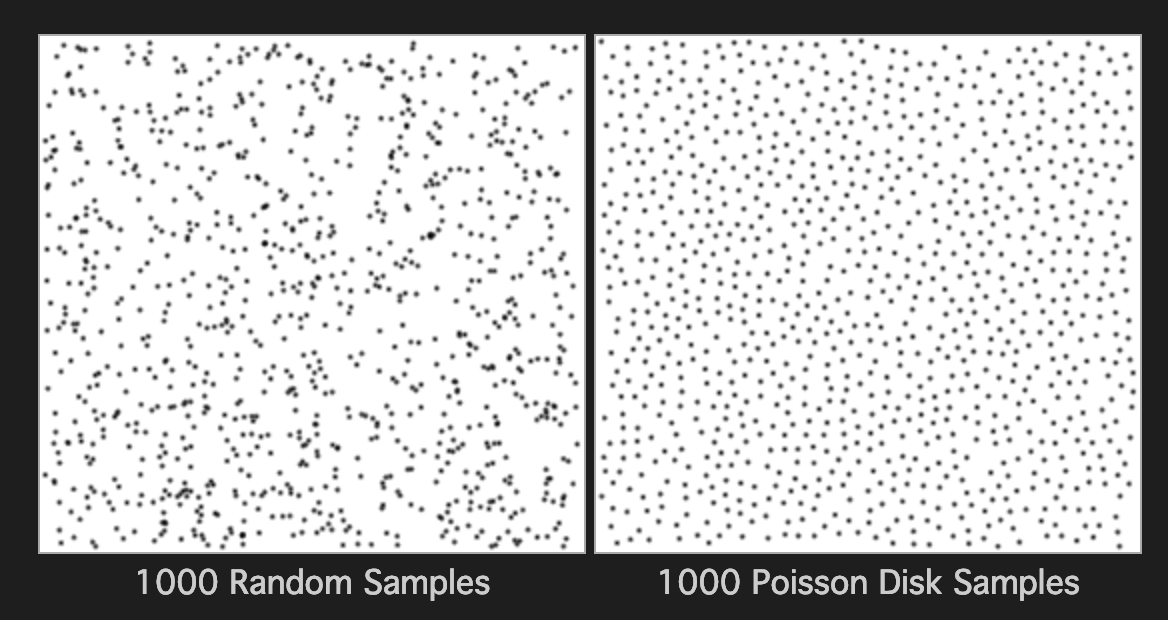Hi - could you please share some more details of your use case?
- How many sites are you generating?
- How many lloyd iterations are you using?
Did you consider running the voronoi generation on a separate thread from your main loop or ahead of time on a separate thread?
1 million sites takes about 1 second on my 10 year old CPU. I benchmark from 1k to 2M sites, and the time consumption is linear with the input size. I haven't tried beyond 2M, and I suspect there are likely optimizations needed for larger input.
Do you see time consumption increasing non-linearly at some input?




Thanks for a really easy to use package.
I have been experimented with it to generate large 2d maps for games, and have seen that it soon starts taking a long time to generate while 15 of my 16 cores are idle.
Has there been any experiments on making this package multi threaded?